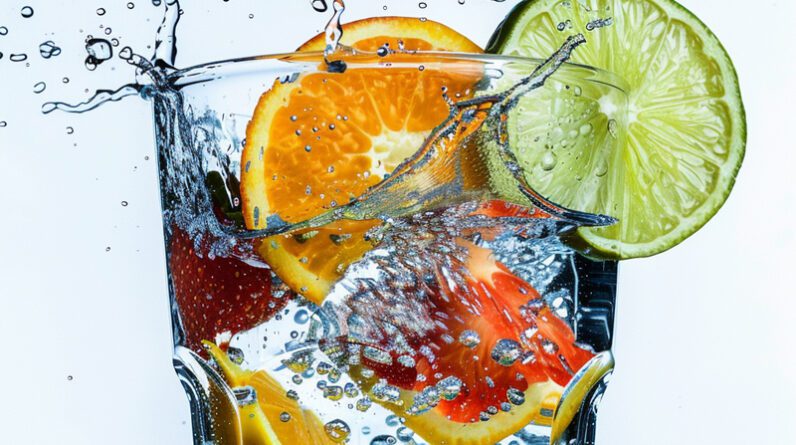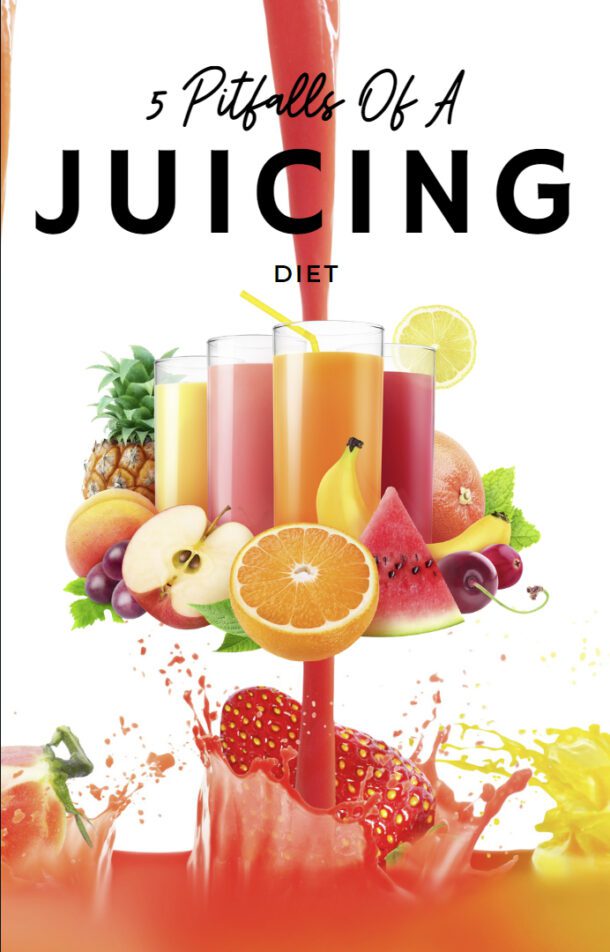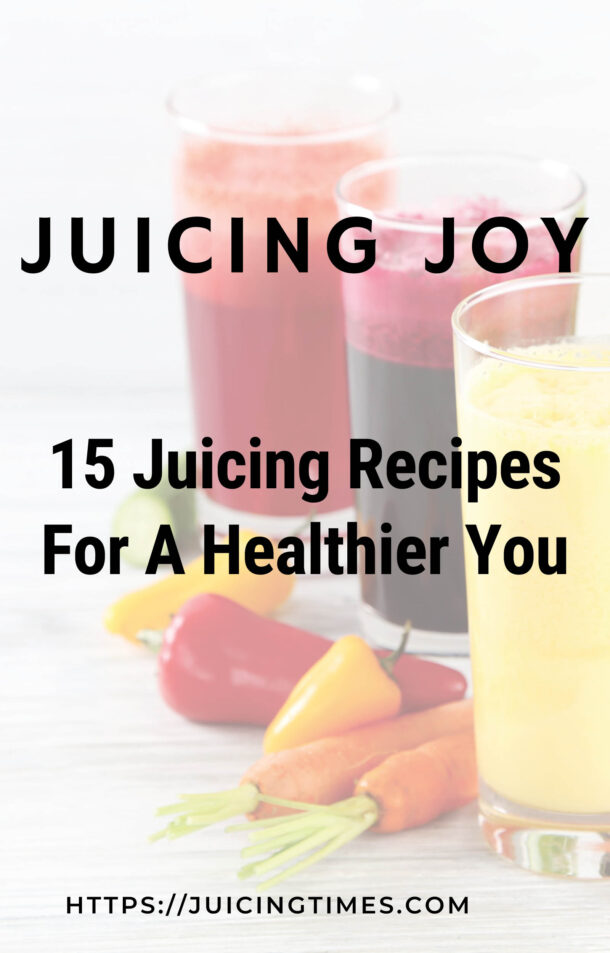
Benefits of Juicing
Juicing offers a convenient and efficient way to consume a concentrated dose of vitamins, minerals, and antioxidants from fruits and vegetables. It allows for easy absorption of nutrients, giving your digestive system a break. Juicing can also help with weight management, detoxification, and boosting your immune system.
Essential Juicing Equipment
To embark on your juicing journey, you’ll need a reliable juicer. The two main types are centrifugal and masticating juicers. Centrifugal juicers are more affordable and faster, but they generate heat, potentially leading to nutrient loss. Masticating juicers, while pricier, extract juice at a slower pace, preserving more nutrients and yielding higher juice quality.
Besides a juicer, other essential equipment includes a sharp knife and cutting board for prepping produce, airtight containers for storing juice, and a cleaning brush for your juicer.
Choosing the Right Produce
Selecting fresh, organic produce is crucial for optimal juicing results. Opt for a variety of colorful fruits and vegetables to ensure a diverse range of nutrients.
Best Fruits for Juicing
- Apples: Rich in fiber, vitamin C, and antioxidants.
- Citrus fruits (oranges, grapefruits, lemons): Excellent source of vitamin C and antioxidants.
- Berries (strawberries, blueberries, raspberries): Packed with antioxidants and fiber.
- Pineapples: Contains bromelain, an enzyme with anti-inflammatory properties.
- Pomegranates: High in antioxidants and vitamin C.
Best Vegetables for Juicing
- Leafy greens (kale, spinach, romaine lettuce): Rich in vitamins, minerals, and chlorophyll.
- Carrots: Excellent source of beta-carotene and vitamin A.
- Beets: High in nitrates, which can improve blood flow.
- Celery: Contains electrolytes and antioxidants.
- Cucumbers: Hydrating and rich in vitamins and minerals.
Produce to Avoid or Use Sparingly
- Cruciferous vegetables (broccoli, cauliflower, Brussels sprouts): Can cause bloating and gas when juiced in large quantities.
- High-sugar fruits (bananas, mangoes): Consume in moderation due to their sugar content.
Getting Started with Juicing
Here’s a simple guide to kickstart your juicing routine:
- Wash and prepare your produce.
- Cut produce into sizes that fit your juicer’s feed tube.
- Alternate between hard and soft produce for efficient juicing.
- Juice leafy greens with fruits or vegetables with high water content.
- Consume juice immediately for maximum freshness and nutrient retention.
- Experiment with different combinations to discover your favorite flavors.
Tips for Successful Juicing
- Start with a 3-day juice cleanse to detoxify your body.
- Incorporate juicing into your daily routine for a sustained health boost.
- Listen to your body and adjust juice intake as needed.
- Clean your juicer thoroughly after each use to prevent bacterial growth.
- Have fun and enjoy the process of creating delicious and nutritious juices!



